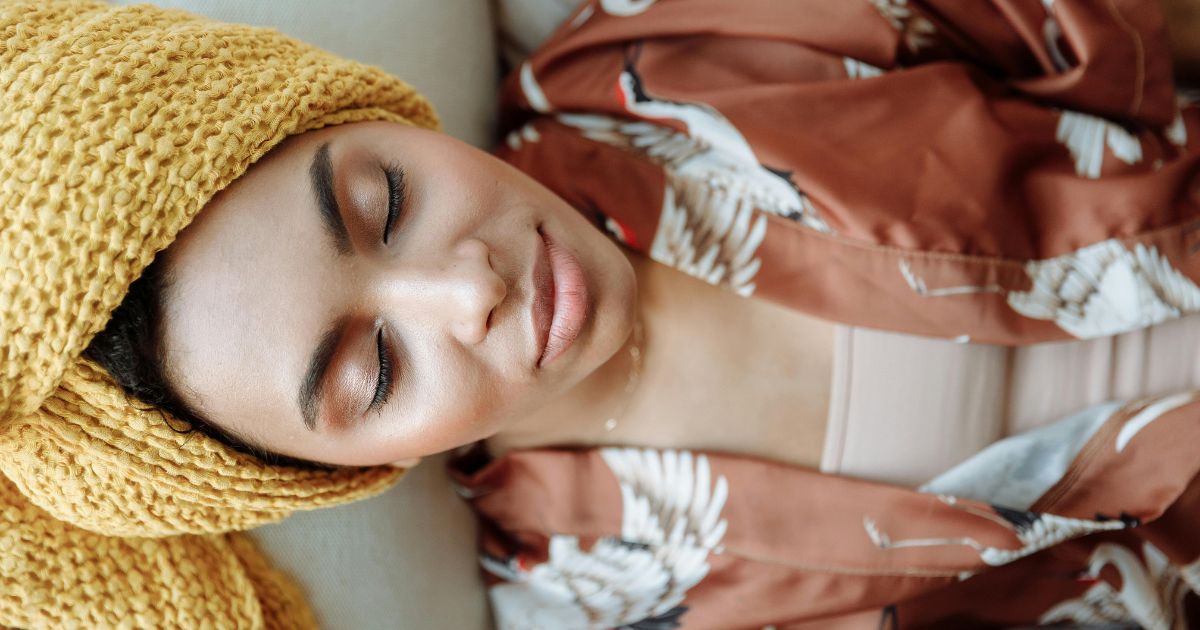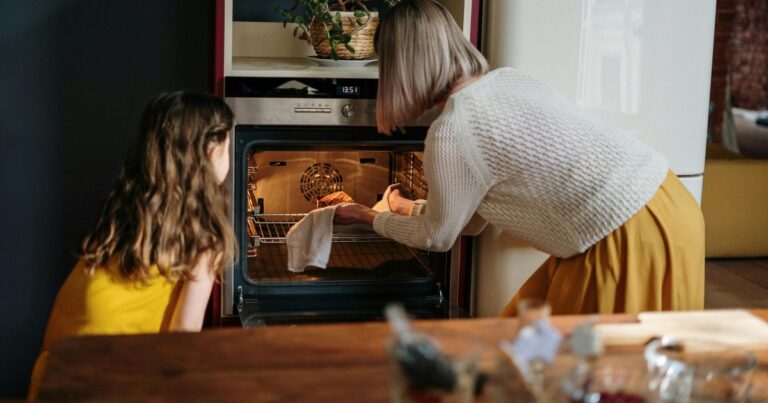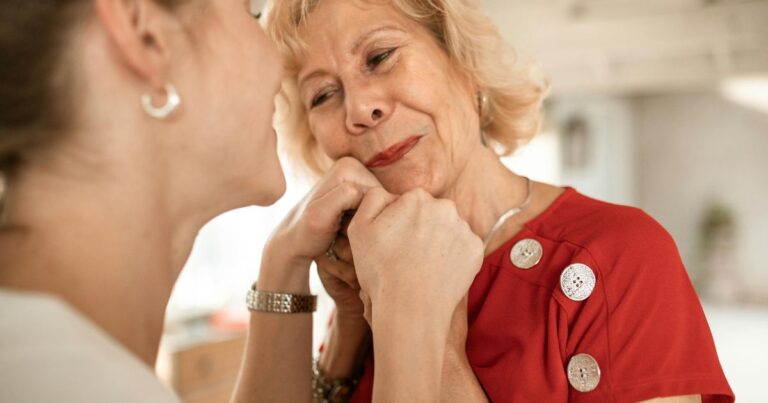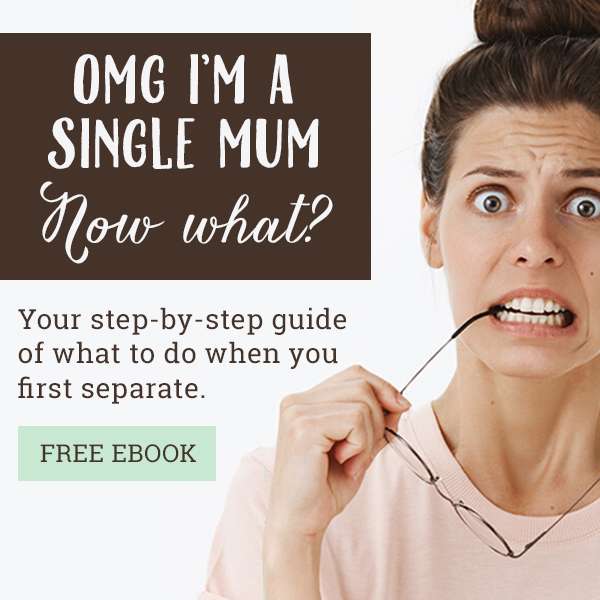
For many Australian single mums, the challenge of balancing financial responsibilities with personal well-being has never been greater. Yet, even in the face of tight budgets, prioritising self-care remains a priority. More women are discovering creative and affordable ways to nurture themselves, with natural beauty and wellness brands such as House of Immortelle offering accessible options that don’t compromise on quality. This shift reflects a growing awareness that taking care of oneself isn’t indulgence—it’s essential for resilience and balance.
Prioritising Self-care 101: Embracing Affordable Natural Beauty
In 2025, single mums are increasingly turning toward natural skincare and wellness products that provide lasting benefits without excessive costs. Brands that emphasise plant-based ingredients are especially popular, thanks to their transparency and effectiveness. By choosing products that multitask—such as nourishing oils that can serve as both moisturiser and hair treatment—mothers are stretching their dollars while still enjoying high-quality care. According to Australian Women’s Health, this trend of “smart simplicity” in beauty is helping women feel confident without overspending.
What’s more, the rise of online marketplaces and small-batch Australian beauty brands has made it easier to find local, eco-conscious options that don’t rely on celebrity marketing or inflated pricing. Social media platforms like Instagram and TikTok are filled with communities of women sharing honest reviews and cost-saving beauty hacks—from homemade face masks using pantry staples like honey and oats, to budget-friendly essential oil blends that double as perfume and stress relief.

As sustainability becomes more important to consumers, this move toward natural beauty also aligns with broader lifestyle values. For single mums, it’s not only about affordability—it’s about making mindful choices that feel good, inside and out.
The Power of At-Home Rituals in Prioritising Self-care
With childcare, work, and household duties competing for attention, time for self-care can be scarce. Single mums are addressing this by bringing spa-like rituals into their homes. Simple practices such as evening facials, essential oil baths, or guided meditation sessions can provide much-needed relaxation without the price tag of professional treatments. Beyond saving money, these routines foster consistency, which experts at Better Health Victoria note is key to maintaining long-term physical and emotional well-being. The home has truly become a sanctuary for affordable indulgence.
Some mothers are even involving their children in these rituals, turning self-care into family care. Whether it’s a “spa night” with DIY cucumber masks or a Sunday morning yoga session streamed on YouTube, these shared experiences strengthen family bonds and teach children the importance of mental and physical health. For many single mums, these small acts of mindfulness offer a daily reminder that self-worth isn’t measured by income—it’s reflected in how we treat ourselves.
The Role of Community and Shared Support in Prioritising Self-care

Another remarkable development in 2025 is how single mums are creating networks of support to sustain their self-care journeys. From online groups sharing DIY skincare recipes to local community centres hosting wellness workshops, collaboration is helping women overcome financial and emotional hurdles. This collective spirit reduces isolation and makes self-care more achievable. According to the Australian Institute of Family Studies, community connection plays a vital role in strengthening resilience among single-parent households—a finding reflected in the rise of shared wellness spaces.
In suburbs across the country, grassroots initiatives are gaining momentum. “Mums meet-ups” for outdoor fitness classes, bulk-buying co-ops for organic skincare, and virtual mental health check-ins are redefining what community looks like. In regional towns, libraries and local councils are even introducing free “wellness days” that include mindfulness coaching and aromatherapy sessions, specifically designed for parents juggling multiple responsibilities.
Social media has also become a lifeline—Facebook groups like “Budget Beauty Mums Australia” now boast tens of thousands of members who swap tips on affordable products, time-saving routines, and emotional support. These connections are proving that self-care doesn’t have to be solitary; in fact, it often flourishes when shared.
Prioritising Self-care Alongside Mental Health
Self-care in 2025 isn’t just about external beauty—it’s equally about mental health. Single mums are increasingly embracing mindfulness apps, free therapy resources, and journaling as part of their wellness toolkit. Combining beauty rituals with practices that nurture emotional balance is proving transformative. As Head to Health highlights, integrating small but consistent mental health habits can dramatically improve overall well-being.

Many women are turning to digital tools like Smiling Mind or Calm to build mindfulness into their daily routines. Ten minutes of meditation before bed or a gratitude journal in the morning can shift the day’s outlook. Some are also exploring free counselling services offered through local councils or not-for-profit organisations, recognising that mental clarity often amplifies physical confidence.
Experts agree that self-care is no longer about quick fixes—it’s about building sustainable habits that replenish both mind and body. When mothers care for their inner health, it ripples outward, benefiting their children and communities too.
Navigating Financial Pressure with Creativity While Prioritising Self-care
Of course, maintaining self-care on a budget requires ingenuity. In a time of rising living costs, single mums are becoming resourceful curators of their own well-being. Many have learned to prioritise experiences over excess—opting for a sunset walk, a picnic in the park, or a quiet cup of tea over expensive salon visits. Reusing skincare containers, making DIY scrubs, and swapping clothes or beauty samples with friends are all practical ways to stay within budget while still feeling cared for.
Some mothers are also leveraging side gigs or flexible income streams—from reselling second-hand items online to freelancing—to carve out a small “self-care fund.” Even a modest $10 a week set aside can go toward a treat that boosts confidence, whether that’s a face serum, a yoga class, or a new book. This mindset of intentional spending transforms self-care from a guilty pleasure into an investment in personal stability.
Conclusion: Prioritising Self-care as a Form of Strength
Balancing budgets and beauty may seem daunting, but Australian single mums are proving it’s possible to prioritise self-care in creative, affordable, and deeply meaningful ways. By embracing natural products, carving out at-home rituals, building supportive communities, attending to mental health, and finding resourceful ways to stretch every dollar, they are reshaping what self-care looks like in 2025.
Ultimately, these women are redefining self-care not as a luxury but as a form of strength—one that sustains them through challenges, uplifts their families, and sets an example for resilience across generations. In a world that often demands more than it gives back, these mothers remind us that beauty and balance are not opposites—they’re partners in the ongoing journey of self-worth.













